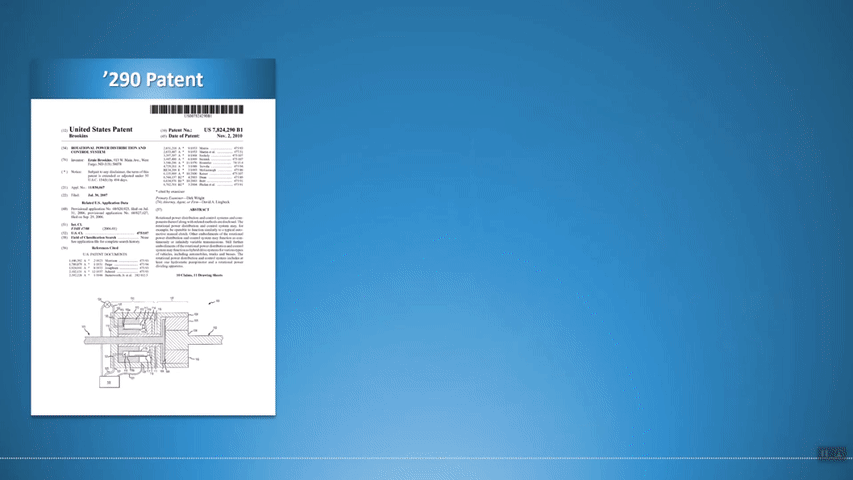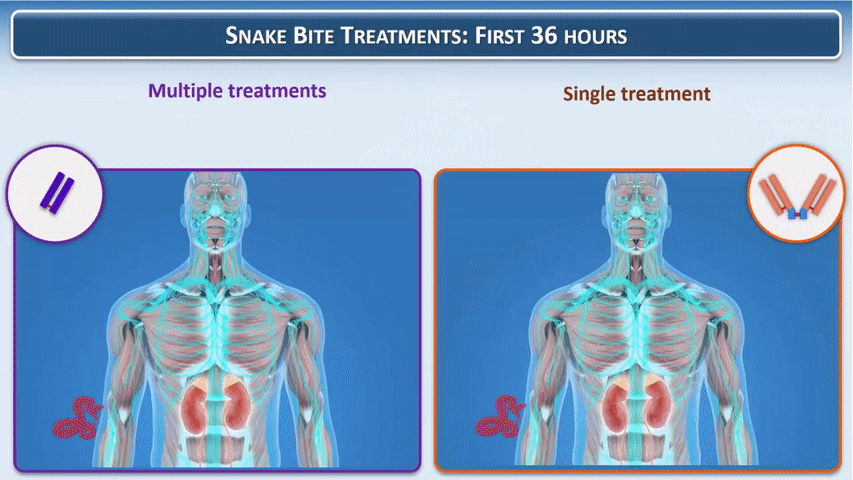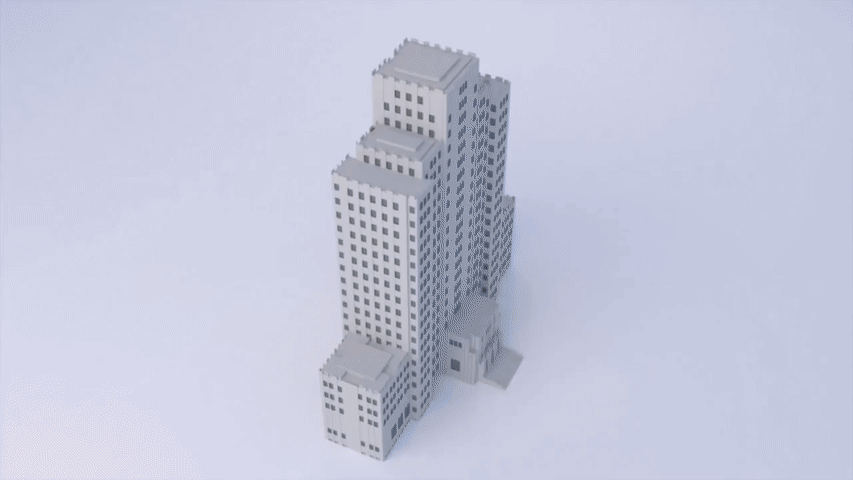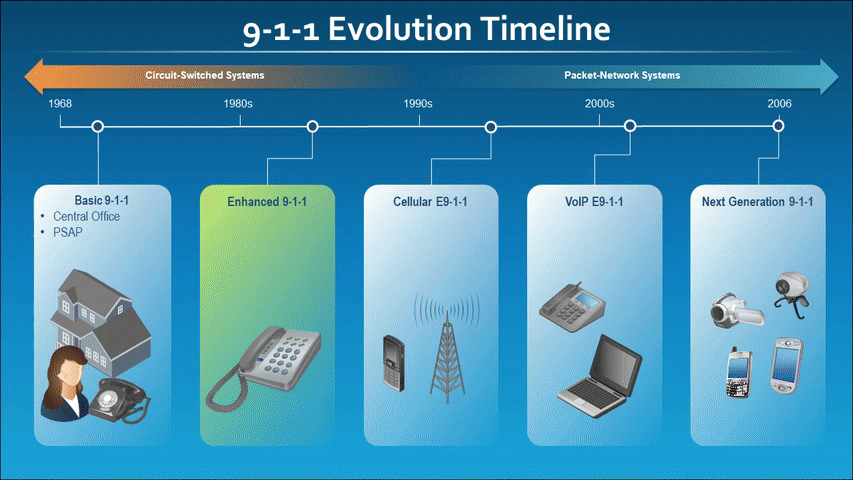Trial Demonstratives
Graphics ~ Animation ~ Timelines
Huseby's seasoned litigation graphic consultants work directly with trial teams and recommend the most effective demonstratives to bolster the arguments of your case.
Huseby offers a flat hourly rate for our Graphic and Animation services.
- 2D graphics
- animations
- 3D modeling and printing
- custom medical illustrations
- video tutorials with voiceover
- e-Briefs and interactive multimedia
- legal video and photography
"DEG is my go-to graphics and animation company.
Professional, budget conscious, and great to work with.
They know how to get things done." - Sterne Kessler
PATENT ILLUSTRATIONS AND ANIMATION
Today’s patent litigation landscape involves increasingly complex technologies and since most patent cases are tried by a jury, it is of utmost importance that lawyers educate non-technical people using clear, simple, and accurate illustrations. When a Judge or jury understands the mechanics of an invention, you increase your chances of successfully defending patent rights for the client.

PHARMACEUTICAL ILLUSTRATIONS
Common litigation involving pharmaceutical, medical device companies, and medical malpractice include: patent infringement disputes, antitrust lawsuits, mass tort, products liability, personal injury, and criminal cases. The stakes are high in the trillion-dollar biotech industry.

CONSTRUCTION ANIMATIONS
3D animations are among the strongest pieces of evidence available to litigators today. With the power to make complex ideas simple—graphical animations can leave jurors, judges and mediators (all of whom consume visual content daily) with a lasting memory of key arguments and evidence.
When it comes to presenting the intricate concepts in a construction case, making sure you move from true images or video of the subject (building, bridge, etc.) to the model, animation or image is key. Any inconsistency will likely be attacked by opposing counsel.




TIMELINES
Timelines are an essential part of litigation because they organize all relevant events of a case into a clear and logical order, facilitating comprehension for a Judge or jury. Before you start plotting dates on a PowerPoint slide, consider the following:
What is the focus of my timeline? The first thing you want to think about when creating a timeline is: “what am I trying to convey?” Consider what things you want to emphasize in your timeline. For example, are you highlighting that a substantial amount of time passed between two events, are you emphasizing a succession of events in a short amount of time, are you contrasting the actions and inactions of two different entities…? These considerations will have an impact on how you layout the events, how you effectively use the space of your slide and how you want to emphasize your data points.
How can I effectively use space to foster better understanding? There are a number of timeline formats to pick from, but the most often used in litigation are the calendar style or horizontal which track events from left to right. In the horizontal format, the dates can be on top, in the middle or on the bottom. What layout you decide on will depend on the focus of your timeline and/or your aesthetic preference. Regardless of which format you use, use the correct scale so that each year, month and day are consistently spaced.



Thank you!
Huseby Global Litigation appreciates your payment.




